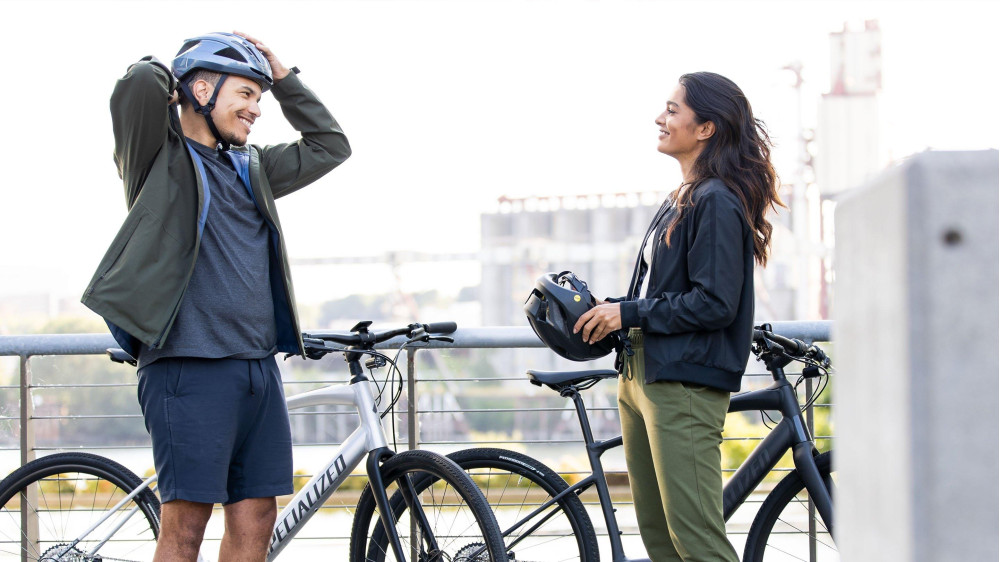The phrase, "I don't know what to wear" has become an integral part of jokes, but the statement itself is not funny. Knowing how to dress for every occasion is important. Whatever activity you are engaged in, the right clothing provides both physical and social comfort, and cycling is no exception.
What do you need to know about clothing subtleties before getting on a bike? Why is it worth investing in specialized cycling clothing? What can happen when riding in inappropriate clothes? Finally, if you ride a bike in everyday clothes, what should you choose to ensure maximum comfort?
What are the main requirements for cycling clothes?
Non-restrictive, yet snug
Clothes should be snug but not restrictive, without heavy, thick seams. Clothes that are too tight restrict movement and make muscle work harder, and no one wants their shirt to tear across the shoulders while riding. Thick seams can rub the skin and cause irritation.
Clothes should not be tight but should not flap loosely either – find a middle ground. Wide pant legs can get caught in the bike chain. Excess material around the thighs can bunch up and rub the skin. Lapels, collars, or scarves should not flutter in the wind, and puffy jackets that create a "sail" effect should be avoided. Snug clothes create optimal aerodynamics – you'll feel less wind resistance, making it easier and faster to ride.
To be visible on the road
Should you choose colorful or dark clothes? Colorful clothes make a cyclist more visible on the road, but dark ones don't show dirt as quickly. Specialized cycling clothes often have reflective strips for safety, but they do not replace a reflective vest.
Traffic rules state that a cyclist must wear a reflective vest or ride with a front white and rear red light both during the day and at night.
Protecting from friction and shock absorption
While riding, the body needs to be protected from friction and shocks from uneven surfaces. Cycling shorts are made with special padding to absorb shocks and protect against friction. Remember, cycling shorts are worn directly on the skin. Regular underwear can cause chafing and irritation while cycling. If this happens, it is recommended to use special creams Chamois – they soften the skin, prevent chafing, and disinfect.
For commuting to work in everyday clothes, you can get padded underwear. Otherwise, wear simple, preferably seamless underwear – no complicated designs or lace.
Another area prone to friction is the hands. Special cycling gloves help prevent friction, ensure better grip, and protect from abrasions in case of a fall. If you don't have specialized gloves, wear regular non-slip gloves with a rough surface.
Preventing both overheating and chilling
When cycling, it's not enough to dress warmly or lightly – you need to dress smartly. You will inevitably sweat while riding. When you stop or the wind blows, the sweat accumulated in the fabric cools down, making you feel as if you're wearing a cold, wet shirt. To avoid this, choose fabrics that absorb and evaporate sweat well.
The best fabrics for this are new-generation synthetics, polyester, polypropylene, or wool. Cotton fabrics are the least suitable. In the warm season, it's recommended to wear open-knit polyester summer undershirts, and in the cold season – thermal cycling shirts that regulate body temperature and absorb and evaporate moisture.
Design tailored for sitting on a bike
Many have seen a comical situation – a person in a short shirt and low-rise pants sits down at a bar. The sight is not very pleasant, so think about this before getting on a bike.
When cycling, you will be bent over. Instead of a short, puffy jacket, choose a long, snug sweater. Save the low-rise pants for other occasions.
Pockets in usual places – dangerous
When going for a walk, we are used to putting keys or other items in the pockets of our jeans or jacket. While cycling, items can fall out or press against you, so cycling jerseys have special pockets at the waist on the back. Items stored here are safe and don't cause discomfort.
If you ride in everyday clothes, make sure that items in your pockets won't fall out or get in the way. Ideally, place them in a backpack or a basket attached to the bike.
Don't forget to protect your face
One of the most vulnerable areas while cycling is the face – it's exposed to wind, dust, heat or cold, rain, UV rays. Don't forget special cycling glasses – they are designed to fully cover the eye area, protecting not only the eyes but also the surrounding skin. If you don't have specialized cycling glasses – choose glasses with the largest possible lenses.
In the cold season, multifunctional scarves protect the face from wind, cold, or rain. If you haven't gotten one yet, cover your face with a regular scarf or bandana.
Shoes should have hard soles, be non-slip, and no loose laces
If you actively train and aim for good results, choose clipless shoes – they maintain the correct foot position, prevent slipping, and allow you to pull the pedals while riding uphill. You might like clipless pedals, which come with special cleats that attach to the shoe sole, making the shoe fit perfectly with the pedal, allowing you to ride faster, easier, and more efficiently.
For commuting or casual rides, choose leisure cycling shoes. They look like sports or casual shoes but have a special hard, non-slip sole.
If you ride in regular everyday shoes, remember three things – they should not slip, never come untied, and have a firm, hard, non-bending sole. To feel safer and prevent foot slippage, you can choose pedals with pins.
Some cycling shoes have Velcro fasteners. One of the most popular cycling shoes with BOA dials are, for example, Specialized Recon 2.0 MTB shoes – they are very convenient and can be tightened or loosened while riding. If the shoes are lace-up – the laces must be securely tied and the ends tucked under the shoe tongue – to ensure the shoes don't come untied and the laces don't get caught in the chain.
Choose specialized clothing or remember the basic principles
Specialized cycling clothing will protect you from sweating, chilling, chafing, pant legs getting caught, poking keys in your pocket, and puffy jackets that create wind resistance.
If you ride to work in business or casual attire – by understanding the basic principles, you'll know what cut and fabric to choose, and how to avoid the main clothing mistakes that make cycling uncomfortable.

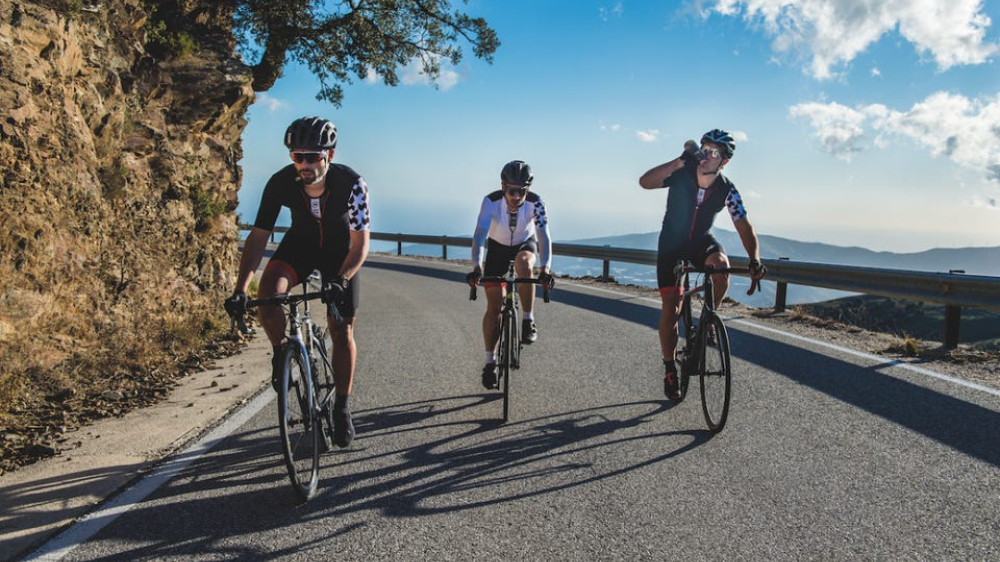

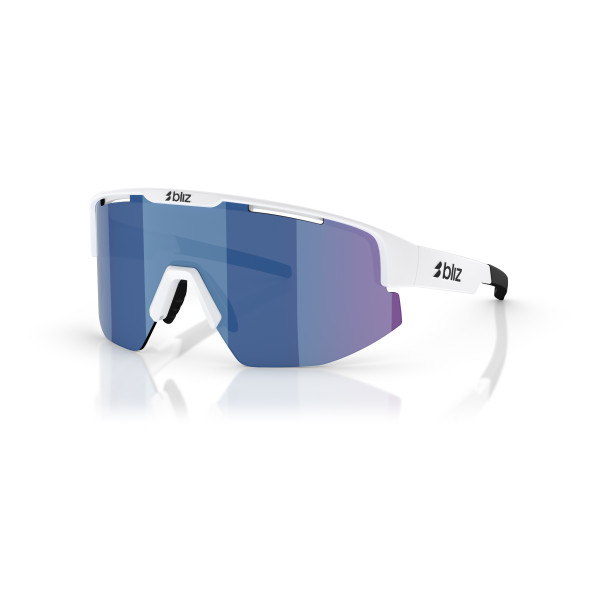
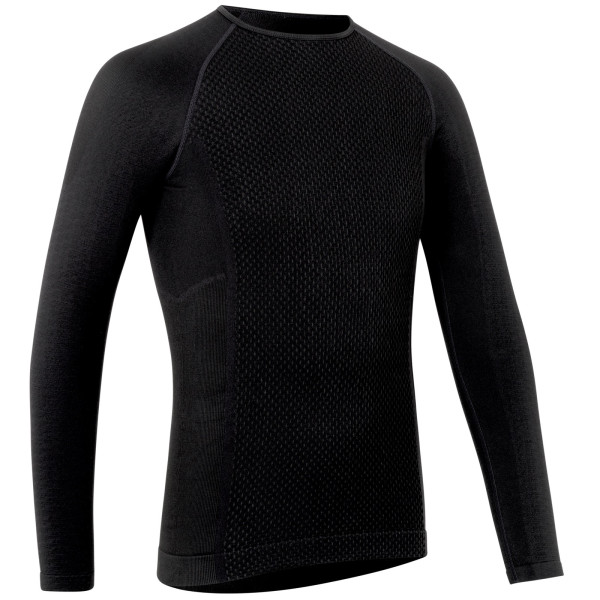
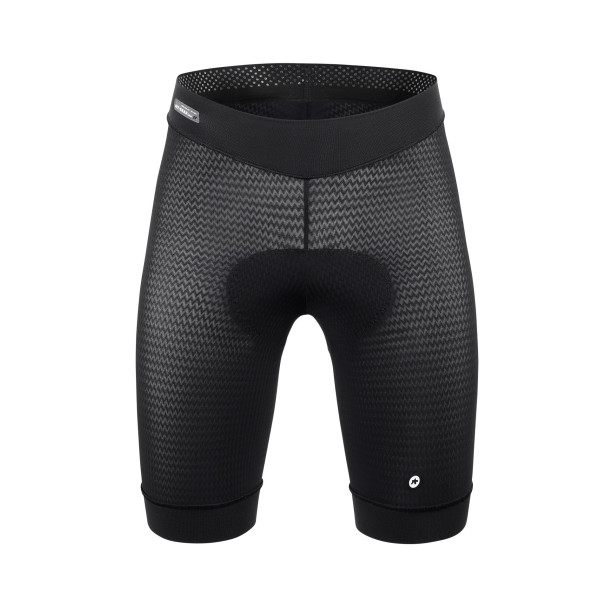
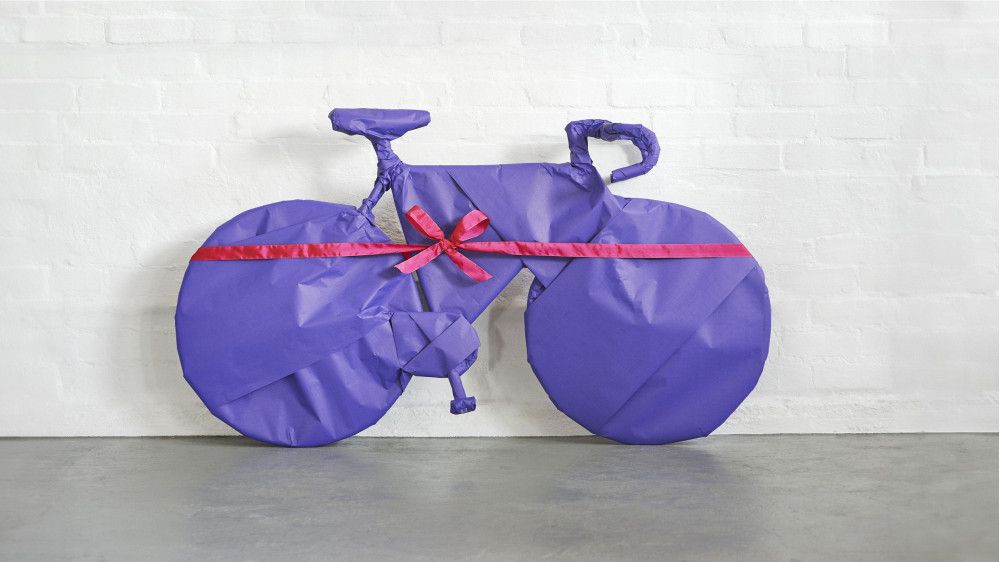
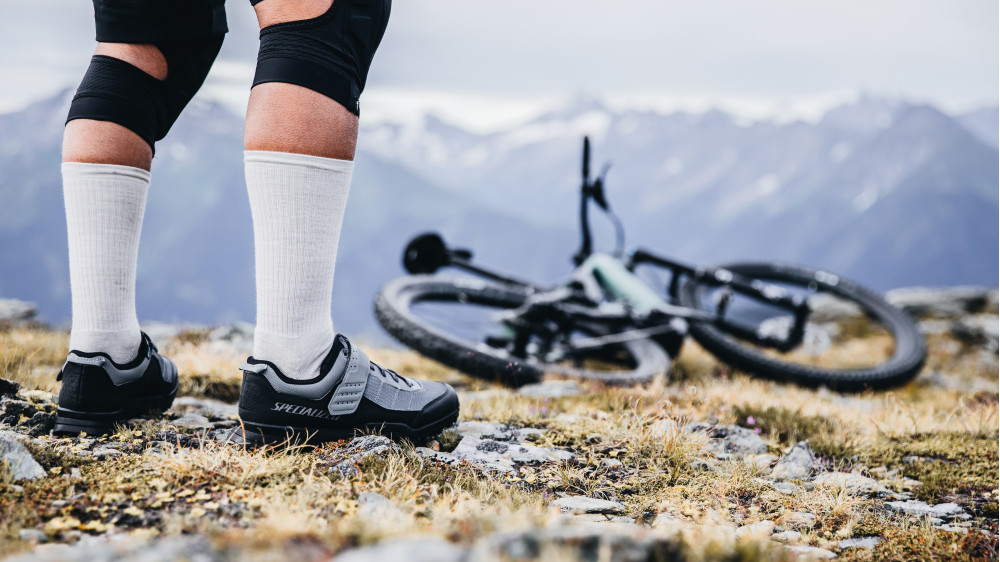
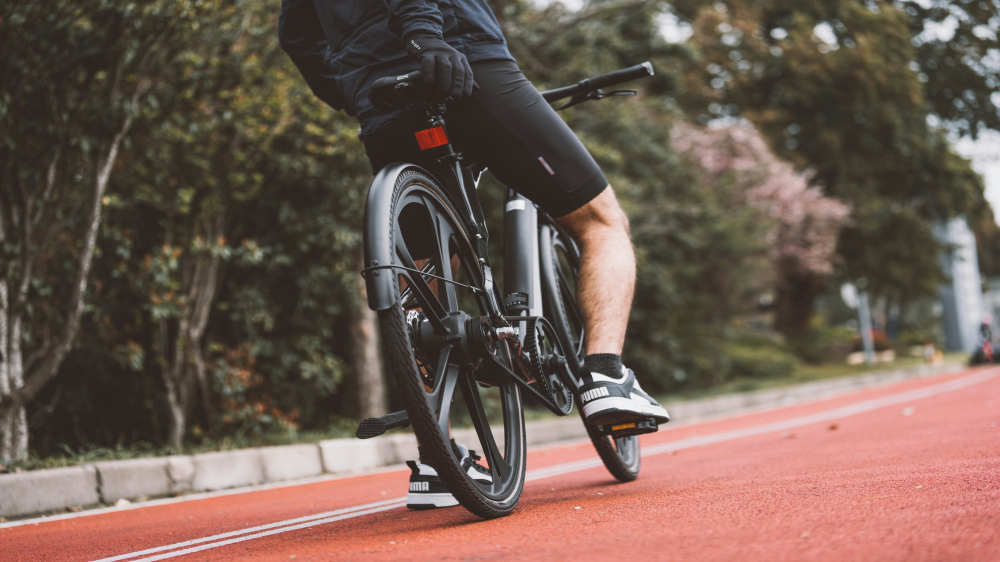
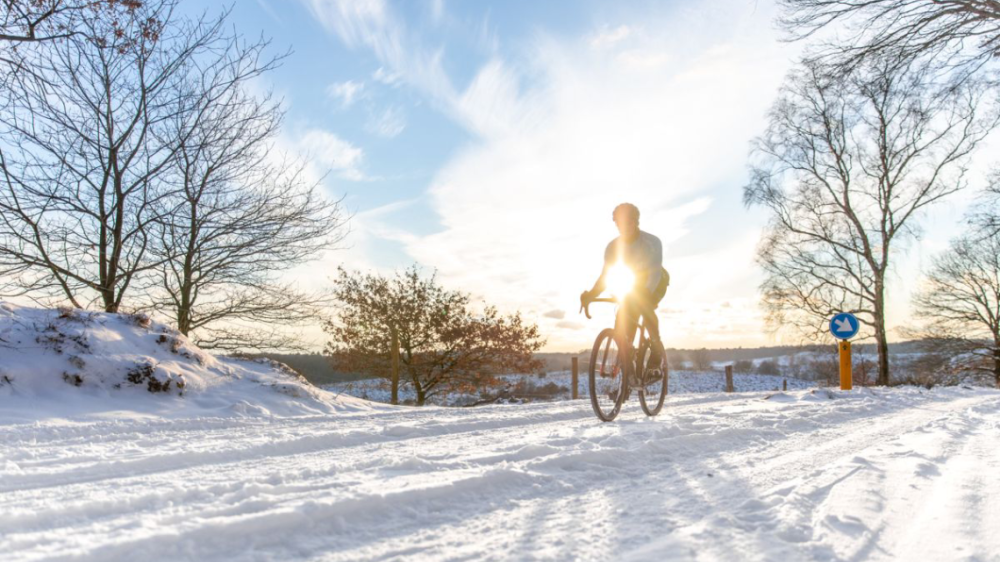
-1000x562.png)
